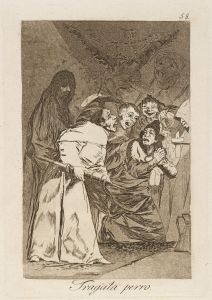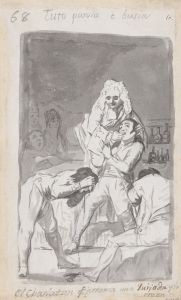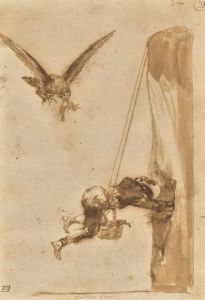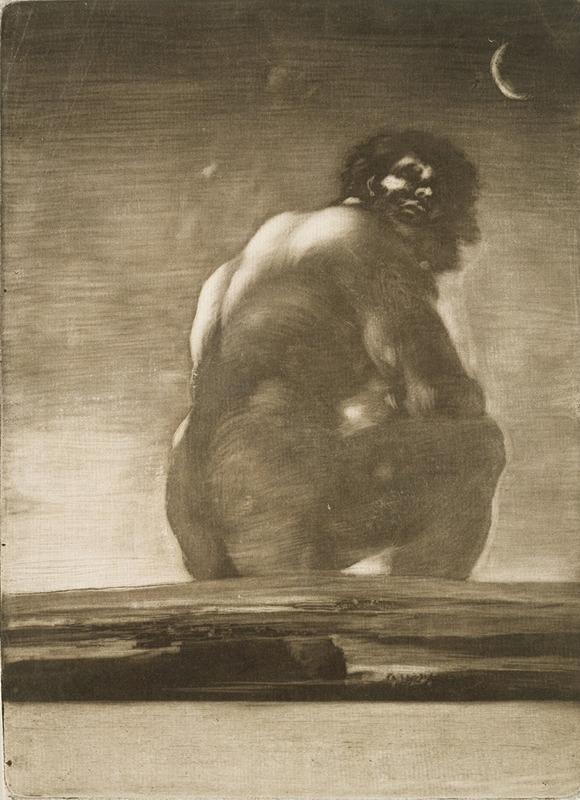
Seated Giant
A hand-painted replica of Francisco de Goya’s masterpiece Seated Giant, meticulously crafted by professional artists to capture the true essence of the original. Each piece is created with museum-quality canvas and rare mineral pigments, carefully painted by experienced artists with delicate brushstrokes and rich, layered colors to perfectly recreate the texture of the original artwork. Unlike machine-printed reproductions, this hand-painted version brings the painting to life, infused with the artist’s emotions and skill in every stroke. Whether for personal collection or home decoration, it instantly elevates the artistic atmosphere of any space.
"Seated Giant" is an enigmatic painting attributed to the Spanish artist Francisco de Goya. This artwork is part of a series of works that reflect Goya's later period, characterized by a shift towards more personal and introspective themes. The painting is believed to have been created between 1818 and 1823, during a time when Goya was grappling with personal and political turmoil.
The painting depicts a colossal figure seated against a dark, ambiguous background. The giant is portrayed in a contemplative pose, with its back turned to the viewer, which adds a sense of mystery and introspection to the piece. The figure's massive size is emphasized by the contrast with the surrounding landscape, which appears diminutive in comparison. This composition creates a sense of isolation and introspection, themes that are prevalent in Goya's later works.
"Seated Giant" is often associated with Goya's "Black Paintings," a series of murals he painted on the walls of his home, Quinta del Sordo, near Madrid. These works are known for their dark themes and somber tones, reflecting Goya's disillusionment with society and his own personal struggles. Although "Seated Giant" was not part of the original "Black Paintings," it shares similar thematic elements and is often discussed in the context of this period of Goya's life.
The painting is executed in a muted color palette, dominated by earthy tones and deep shadows. This choice of colors contributes to the overall mood of melancholy and introspection. Goya's brushwork is loose and expressive, a technique that he employed frequently in his later works to convey emotion and psychological depth.
The interpretation of "Seated Giant" remains a subject of debate among art historians. Some suggest that the giant represents the overwhelming power of nature or the human condition, while others see it as a reflection of Goya's own feelings of isolation and helplessness in the face of political and social upheaval. However, Goya himself left no written explanation for the painting, leaving its meaning open to interpretation.
"Seated Giant" is currently housed in the Museo del Prado in Madrid, Spain, where it continues to captivate and intrigue visitors with its enigmatic presence. The painting is an important example of Goya's ability to convey complex emotions and themes through his art, and it remains a significant work in the study of his oeuvre.
In summary, "Seated Giant" is a compelling and mysterious painting that exemplifies Francisco de Goya's later artistic style. Its themes of isolation and introspection, combined with its expressive execution, make it a poignant reflection of the artist's personal and historical context. Despite the lack of definitive interpretation, the painting continues to engage viewers and provoke thought, solidifying its place in the canon of Western art.






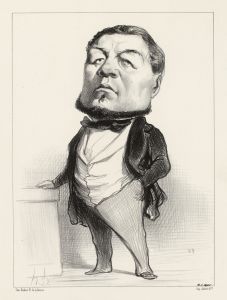

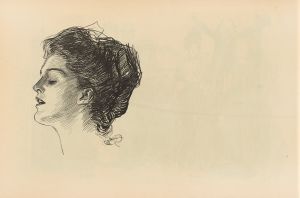
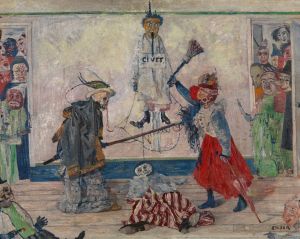
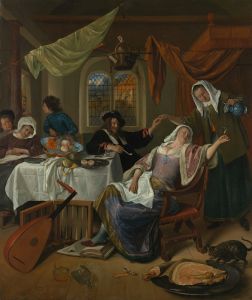


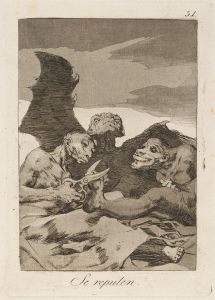
![To Go amongst the Branches, i.e. To Talk through One’s Hat [Ridiculous Folly]](/imgs/264664/s/francisco-de-goya-to-go-amongst-the-branches-ie-to-talk-through-ones-hat-ridiculous-folly-a0d215a6.jpg)
